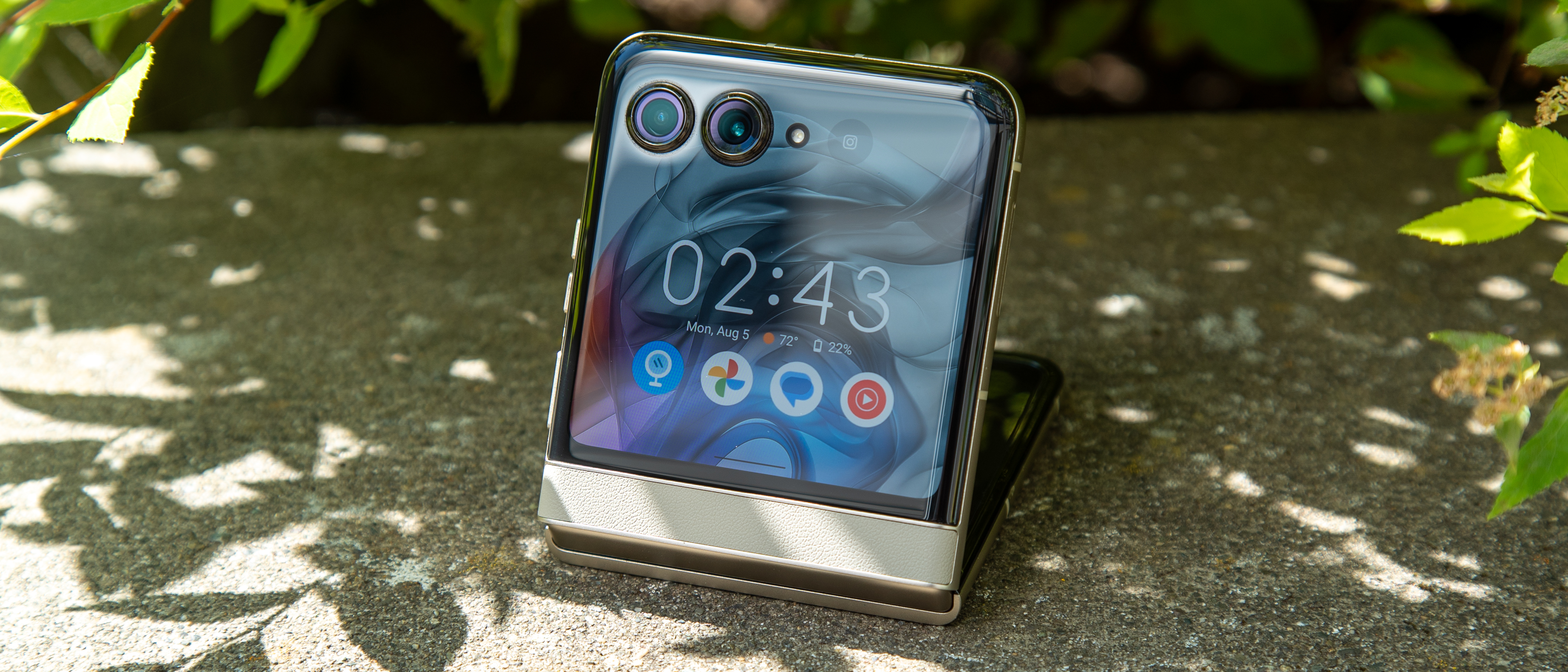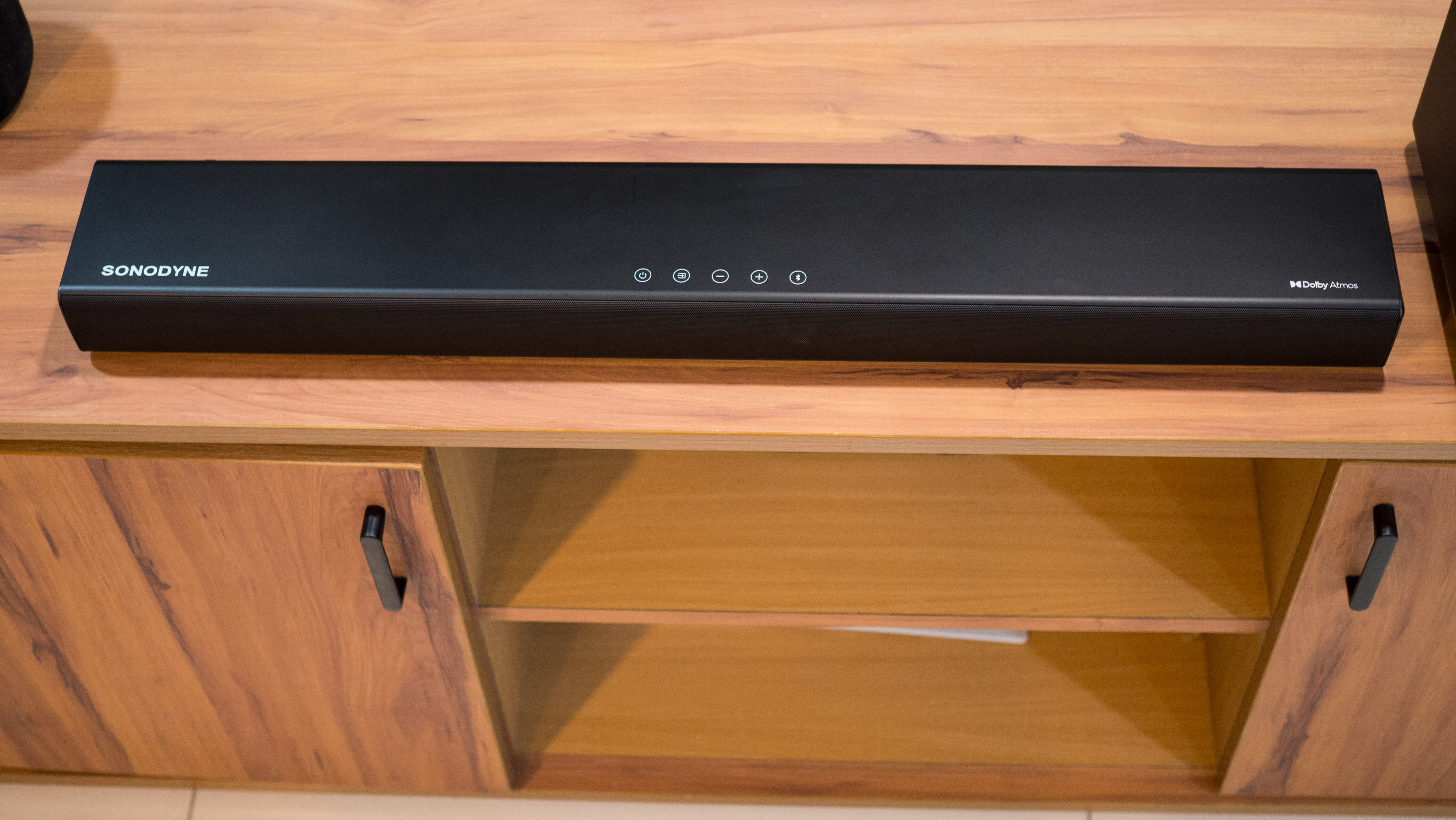Android Central Verdict
The Motorola Razr 2024 is a big upgrade from last year's cheaper Razr model, bringing a larger, more useful cover screen and the same great battery life while boosting performance. Unfortunately, camera performance is inconsistent at best, laggy at worst, and tries too hard to overcompensate with overprocessed images.
Pros
- +
Vegan leather on all color options
- +
Large cover screen with access to apps
- +
Bright, vibrant display
- +
Good app and gaming performance
- +
All-day battery life
- +
Ultrawide camera offers more versatility
- +
Price tag
Cons
- -
Cameras ruined by lag, overprocessed images
- -
Uneven audio from stereo speakers
- -
Colors not as interesting as Razr Plus
- -
Not all Moto AI features present at launch
- -
Cover screen bugs
- -
Jury still out on software support
Why you can trust Android Central
After Motorola brought foldable price tags to a new low in 2023, the new Razr 2024 takes affordable foldable phones to another level. The phone is a big upgrade from last year’s Razr, which featured a rather small and almost useless cover screen. This year, Motorola is borrowing the same design from the Razr Plus 2023, giving this flip phone a flagship design with a sub-flagship price.
It was an unexpected move, but Motorola has been full of surprises lately, especially after it upgraded the Razr Plus 2024 with an even larger screen, modern flagship chipset, and better cameras. Similar upgrades have been made with the lower-cost Razr 2024 to bring the cameras, performance, and cover screen experience up to par, giving consumers a rather attractive package for hundreds less than its flagship predecessor and nearly half the cost of the new Galaxy Z Flip 6.
But what does a $700 flip phone get you in 2024, and should you spring a few hundred more for the full flagship experience? It may not be a simple yes, but this is also a phone you don’t want to overlook if you want something new and fresh.
Motorola Razr 2024: Price & availability
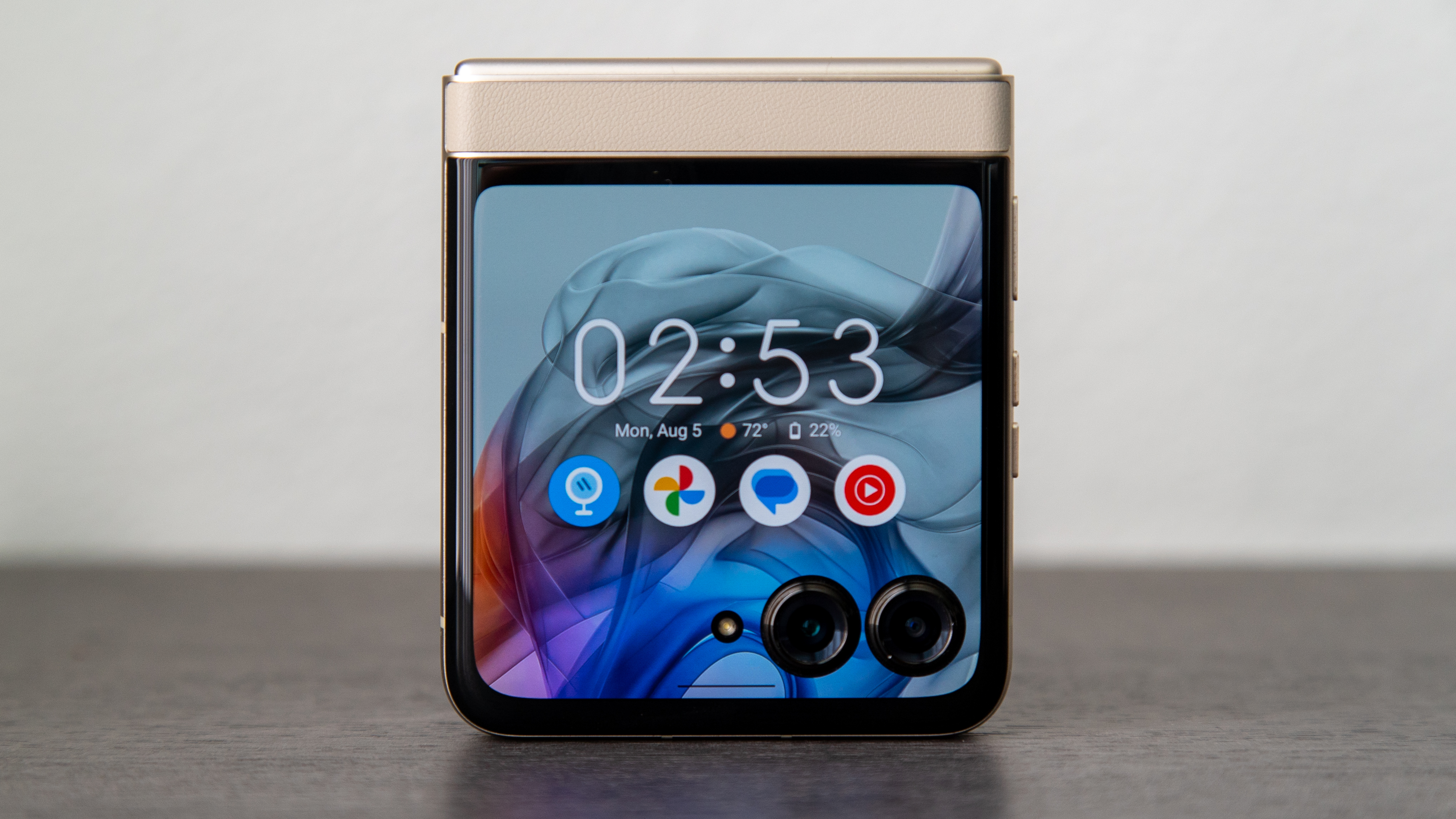
The Motorola Razr 2024 was announced in June 2024 alongside the Razr Plus 2024 and went on sale in late July. The phone retails for $699 with only one available configuration in the United States. Pricing may vary depending on the carrier; for example, the phone is available from Cricket Wireless starting at $199. There also may be various deals that will allow you to purchase the device at a lower cost.
There are three available colorways: Beach Sand, Spritz Orange, and Koala Grey. Availability will depend on the retailer or carrier.
You can purchase the phone on Motorola.com. In addition to retailers such as Amazon and Best Buy, the phone is available at the following carrier stores: T-Mobile, Consumer Cellular, Xfinity Mobile, Cricket, Spectrum Mobile, Straight Talk, Total by Verizon, Visible, Google Fi Wireless, Optimum Mobile, and UScellular.
Motorola Razr 2024: What I like
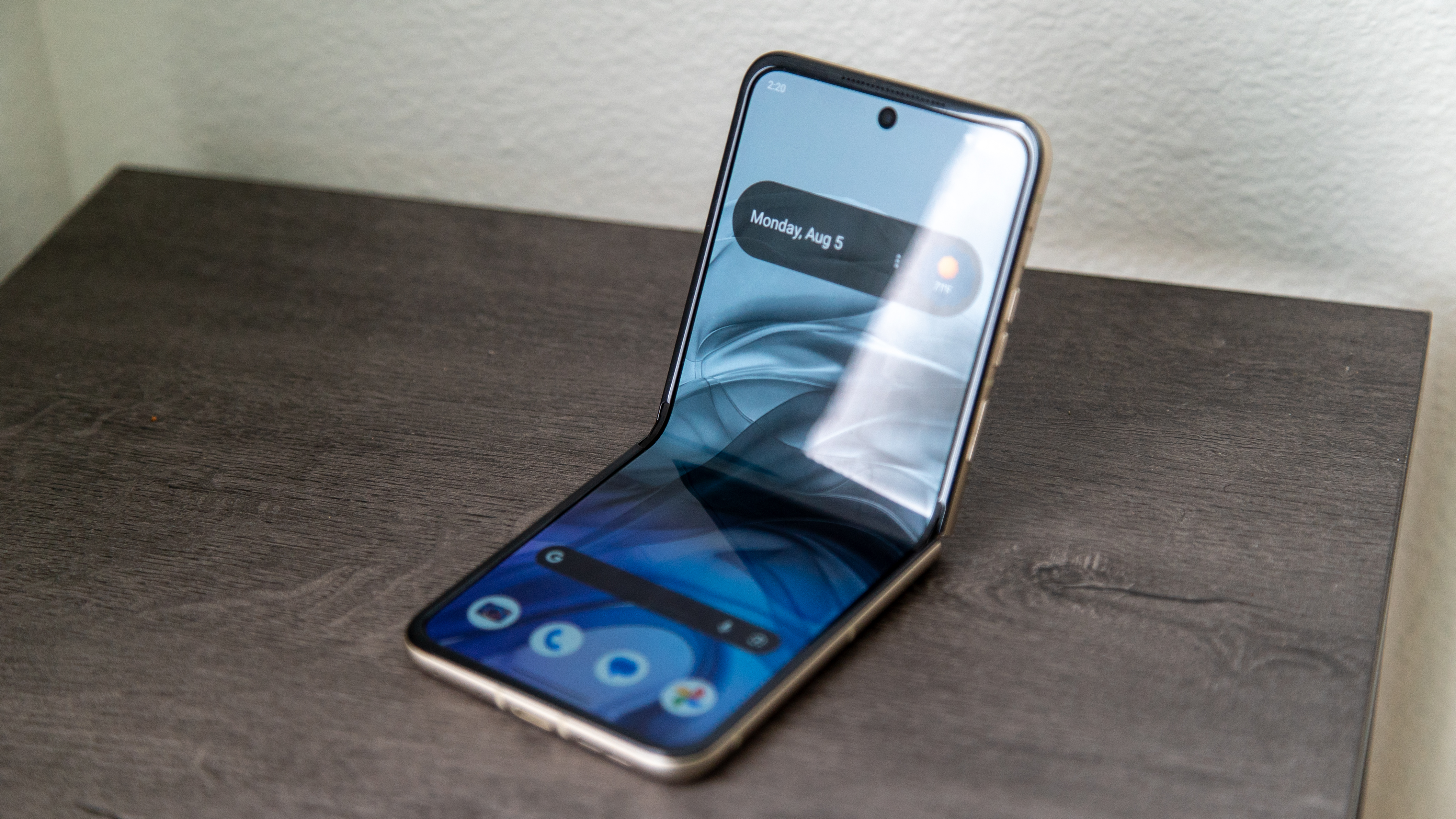
As mentioned before, the Razr 2024 takes its design cues from last year's Razr flagship, although with a few alterations that give it its own identity. The most noticeable is the bar above the cover screen, which is now a strip of vegan leather that matches the rear, whereas the Razr Plus 2023 featured an expanded bezel that met the aluminum frame. It seems a little out of place, but I feel this does a good job of minimizing the amount of glass on the front panel, even by just a little bit, while giving the phone a dash of more color when looking at it head-on.
Get the latest news from Android Central, your trusted companion in the world of Android
The color I have is Beach Sand, which is probably the tamest option of the lot. You also get Koala Grey, which has a nice suede feel, and Spritz Orange, which is vibrant and fun. Just like last year's Razr 2023, all models come with vegan leather instead of glass on the back. This feels great in tandem with the matte aluminum frame and means there's less reason for you to worry about dropping it and cracking something.
The phone is pretty well built; I've dropped it from some great heights onto some hard surfaces, and it's only managed to get a small ding or two. That said, I would still suggest grabbing a Razr 2024 case, especially now that Motorola has new cross-body cases available. You should also get a screen protector, particularly to keep that large cover screen safe, but we'll talk more about that later.

The 6.9-inch OLED display hasn't changed much and still features a very minimal crease that you can barely see or touch. The resolution is still sharp, the colors are nice and vibrant, and the 120Hz refresh rate keeps things pretty smooth. The peak brightness has been upped to 3,000 nits, which makes it much better to view outdoors than the previous phone, and while the built-in screen protector can still sometimes distort your view a bit, it's not nearly as bad as it was on the predecessor model.
Then there's the hinge. Just like the Razr 2023, the new Razr 2024 has a sturdy hinge, and it similarly feels a tad sturdier than the flagship Razr Plus 2024. It's also smaller, but it still holds the phone pretty well in various angles.
One major upgrade to the Razr 2024 is the IPX8 rating, which now allows you to submerge the device underwater fully. We still wouldn't suggest it, but now you can worry less about getting the phone wet. And while there's no official dust resistance rating, Motorola has told us that a water resistance rating at this level has some natural dust resistance, so there's that.
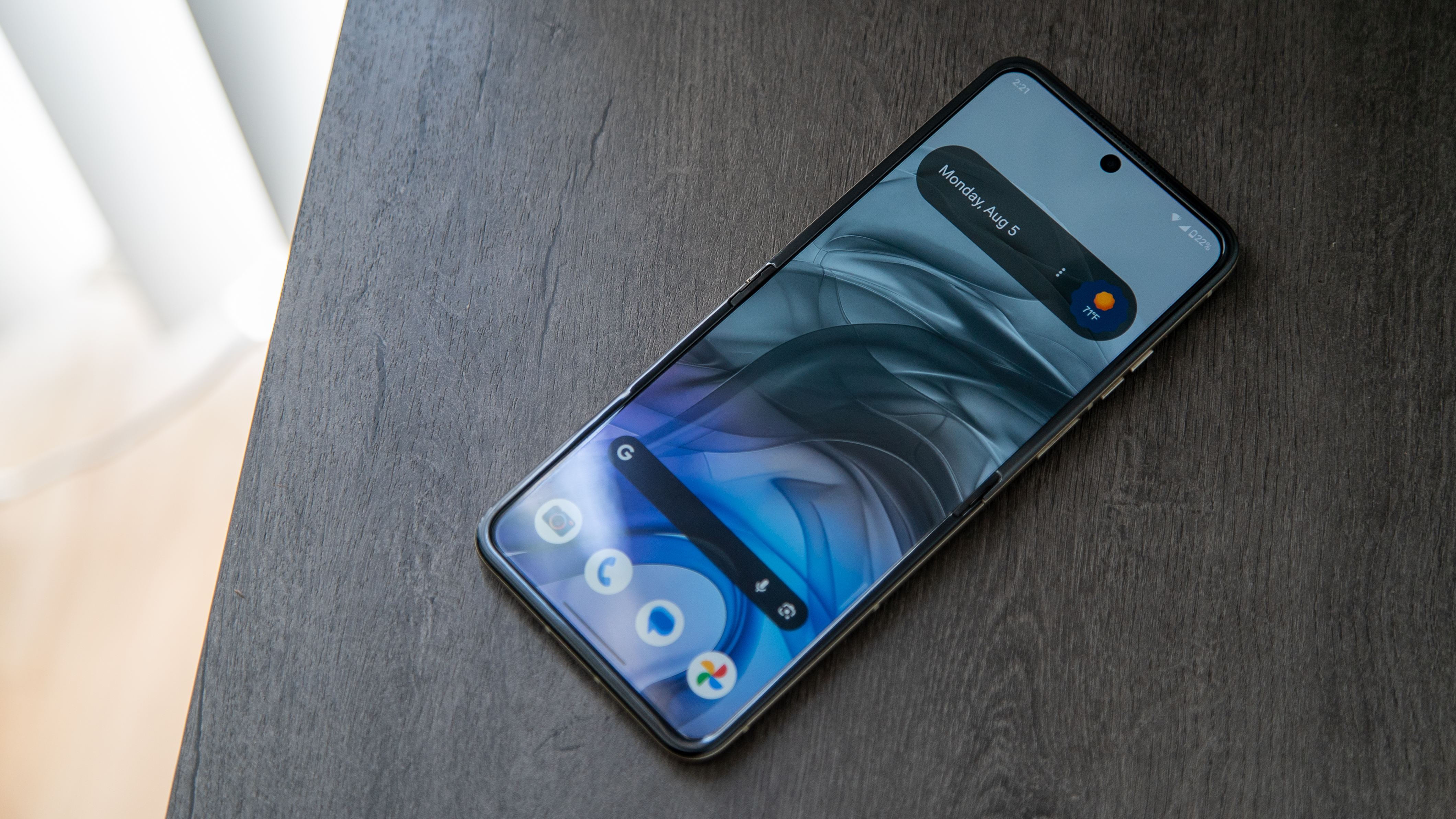
The Razr 2024 is powered by the new MediaTek Dimensity 7300X with 8GB of RAM. I was bummed to learn that it didn't get the bump to 12GB, but it's a fair compromise at this price point. Regardless, the change from a Snapdragon chip doesn't seem to have affected the performance of the phone. The Razr handles apps and games quite well, with games like Honkai Star: Rail defaulting to high graphics settings and handling the highest settings without issue. Final Fantasy VII Ever Crisis even defaults to Ultra settings, which surprised me a bit.
| Category | Motorola Razr 2024 |
|---|---|
| OS | Android 14 (Hello UX) |
| Display (internal) | 6.9-inch, pOLED, FHD+ (2640 x 1080), 120Hz LTPO, 3000 nit peak, 22:9 |
| Display (external) | 3.6-inch, OLED, 1056 x 1066, 90Hz, 1700 nits, 1:1 |
| Chipset | MediaTek Dimensity 7300x |
| RAM | 8GB LPDDR4X |
| Storage | 256GB, UFS 2.2 |
| Rear Camera 1 | 50MP wide, f/1.7, 0.8μm (1.6μm w/ pixel binning), OIS |
| Rear Camera 2 | 13MP ultrawide/macro, f/2.2, 1.12μm, 120° |
| Selfie Camera | 32MP, f/2.4, 0.7 μm (1.4μm w/ pixel binning) |
| Audio | 3 mics, stereo speakers, Dolby Atmos, Spatial Sound |
| Connectivity | 5G, Wi-Fi 6E, Bluetooth 5.4, NFC |
| Security | Fingerprint sensor, Face unlock |
| Protection | IPX8, Gorilla Glass Victus |
| Battery | 4200mAh, 30W wired charging, 15W wireless |
| Dimensions (open) | 73.99 x 171.30 x 7.25mm |
| Dimensions (closed) | 73.99 x 88.08 x 15.85mm |
| Weight | ~188g |
| Colors | Koala Grey, Beach Sand, Spritz Orange |
With Android 14 on board, Motorola's new Hello UX offers a refreshing take on the company's flavor of the OS. While it defaults to the same quick settings style as the Pixel, you can change it to a "Modern" Control Center style with access to more toggles with a separate pane for notifications. I much prefer this UI, as I always found the Pixel quick settings menu too limiting with its larger-than-life buttons.
UI changes mostly extend to the Settings menu, but not much has been changed beyond that aside from the cover screen. You actually get access to some Moto AI features that let you use generative AI to change your wallpaper. This includes Style Sync and Magic Canvas, which can create a new wallpaper from a photo or from a text prompt, although I find these features a bit sub-par compared to the AI wallpapers on other devices.
Still, it's enough to get more excited about using Motorola's software despite its most obvious drawbacks, which I'll also touch on later. Motorola has also teased additional Moto AI features that have yet to arrive, so we'll have to see what comes to the Razr 2024 and how well it can handle certain features.
In the meantime, you still have access to Google features like Gemini, Magic Compose, Magic Eraser, and more. Unfortunately, not all features are available on the Razr 2024, such as Circle to Search, which is still limited to Google and Samsung phones.
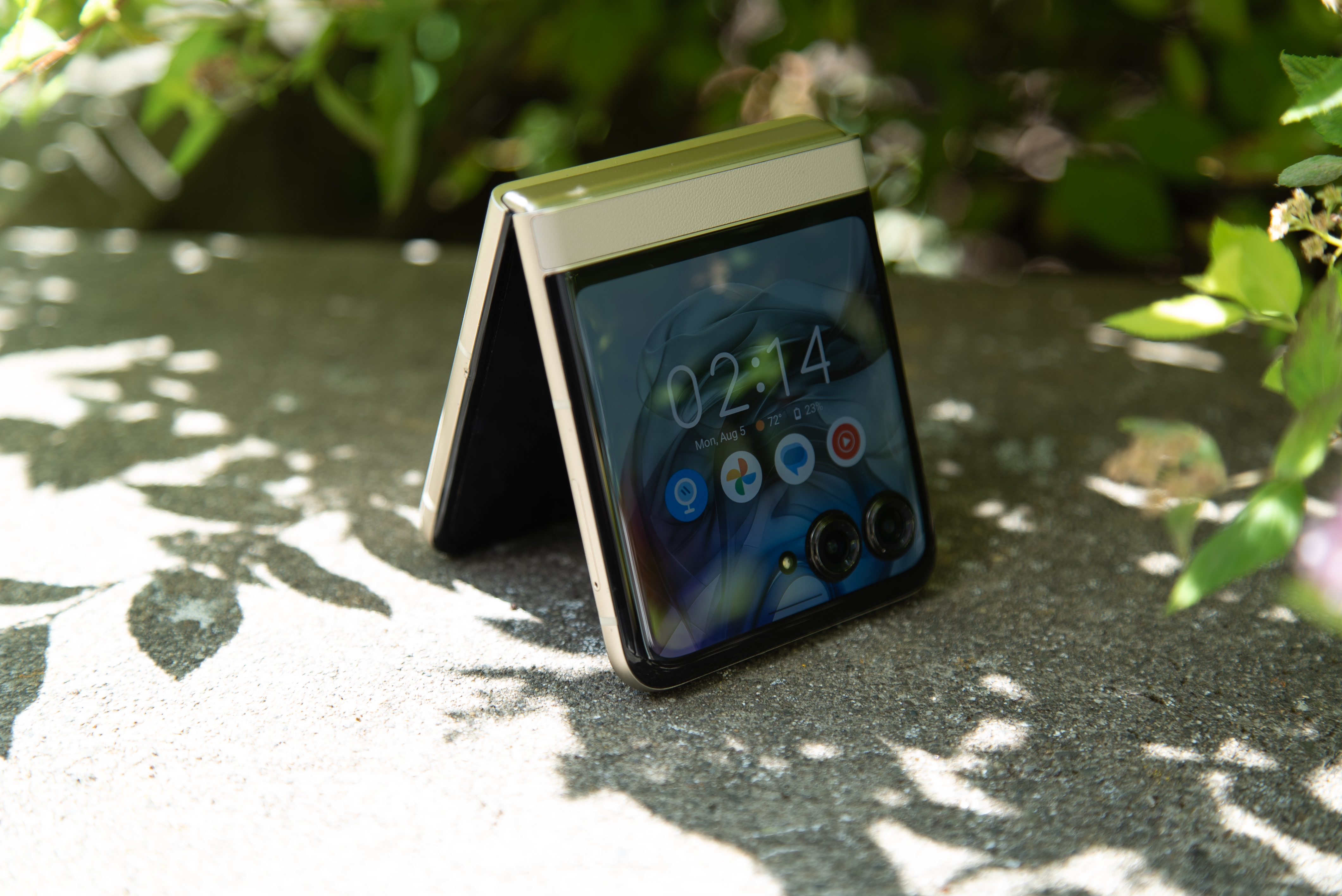
Unlike the Razr Plus 2023, which this phone borrows its design from, the Razr 2024 has pretty great battery life. the 4,200mAh battery is unchanged from the Razr 2023, and it can get you through the day pretty easily, even if you push the phone a bit. I find if I wake up at 7 a.m., the phone will be on its last leg around 7 p.m., which isn't bad for a phone that's getting put through its paces. It's hard to give an exact number for screen-on time, but it feels substantial enough that this isn't a phone that should give you battery anxiety.
On the plus side, you have 30W charging, which isn't as fast as the 45W you get with the Razr Plus 2024, but when dead, it will hit 50% in half an hour and 100% in just over an hour. And yes, you get 15W wireless charging.
Motorola Razr 2024: Cover screen
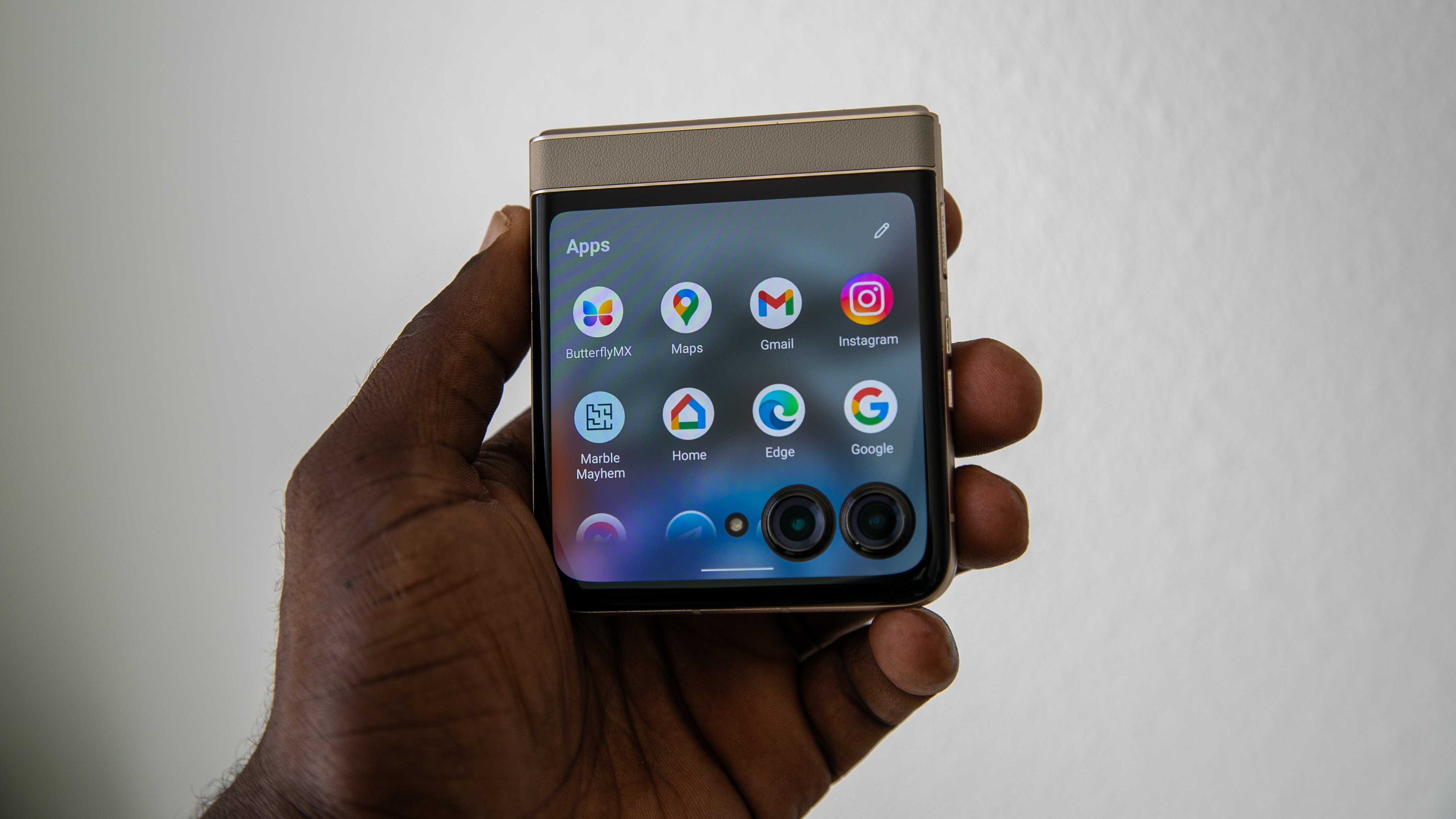
With the larger external display, you're now free to do much more on the Razr cover screen. The experience is largely similar to how it works on the Razr Plus 2023, but Android 14 brings some nice UI upgrades. The home screen includes app shortcuts and a better UI for customization, panels look a lot nicer, you can now add multiple widgets onto a single panel, and there's a new pinch gesture that shows you all your available panels for easier navigation.
With the Razr 2024, you can add up to 12 panels to the cover screen, and it can take some time to set up choosing apps, adding contacts, signing into Spotify, and more.
Overall, everything is very clean, and the animations are very fluid on the 90Hz display. Using apps also works as you'd expect, although I admit it feels slightly cramped after coming from the Razr Plus 2024, which has a larger 4-inch cover screen. Still, if this is your first flip phone, using apps on the Razr cover screen is a great experience, although navigating the smaller display will take some getting used to.
Since apps aren't made with this display size and shape in mind, they'll appear a bit cramped. However, you can always push things out of the way if the cameras are covering them or simply turn the phone around and flip the UI with the screen rotate button.
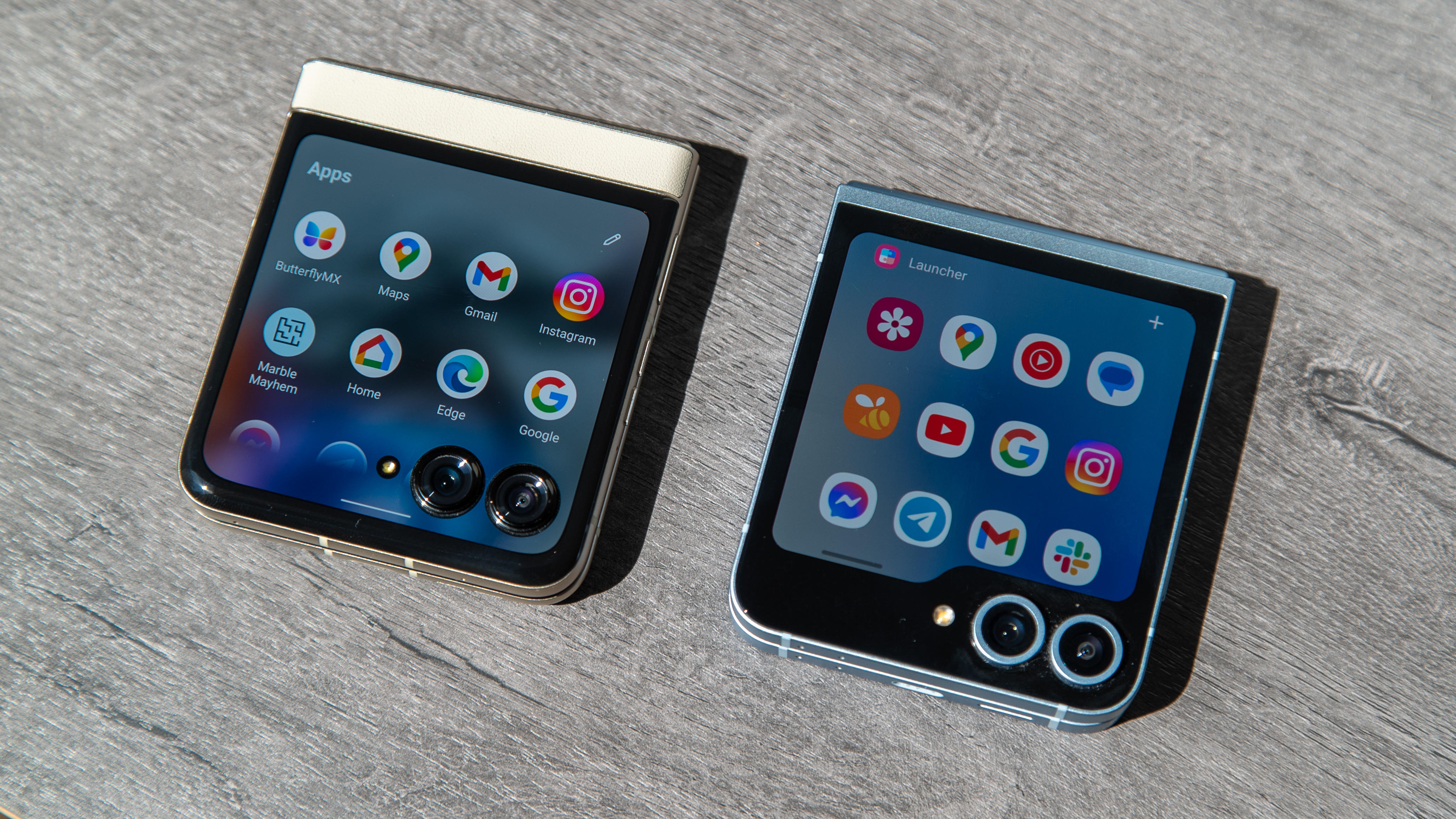
You can use the Gemini app from the cover screen and Google Photos is also available, although you are limited to just viewing your cloud images and can't see any other tabs like Library, Memories, or Search. Of course, you can take selfies and use the cover screen to let others preview themselves while you take photos of them, which comes incredibly handy while also resulting in some surprised and impressed reactions.
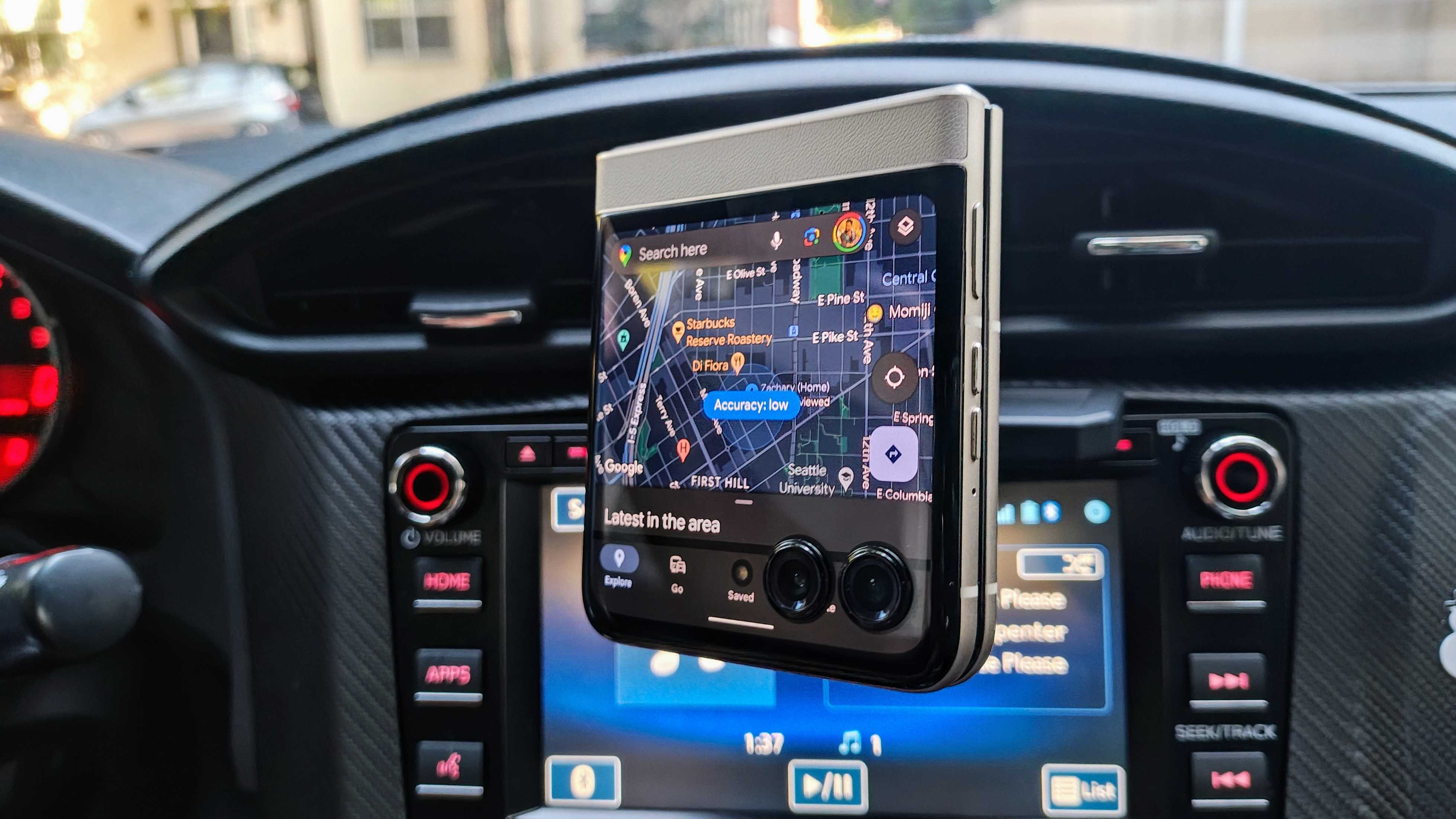
There are also some useful lock screen features you can use with the cover screen, such as Sleep Display and Desk Display, which let you view and/or interact with notifications and media controls when you approach the phone. The latter also acts as a sort of screensaver mode that cycles through images when you're not using the phone.
Honestly, you can do nearly anything on the cover screen, to the point where you may not need to open the phone very often. Of course, there are times when opening the phone just works better, but being able to do everything from the smaller display just feels nice.
Before I get into the things I don't like about the Razr 2024, I will say the biggest downside of using the cover screen appears to be buggy software. When switching from the main display to the cover screen, I find that the cover screen will go blank for some time before finally turning on. I sometimes have to fiddle with the power button or with opening and closing the phone again before I can get the cover screen to behave, which can sour the experience a little.
This is something I encountered on the Razr Plus 2024, but it seems to be more prevalent on the Razr 2024, so I really hope this can be addressed with a future update.
Motorola Razr 2024: What I don't like
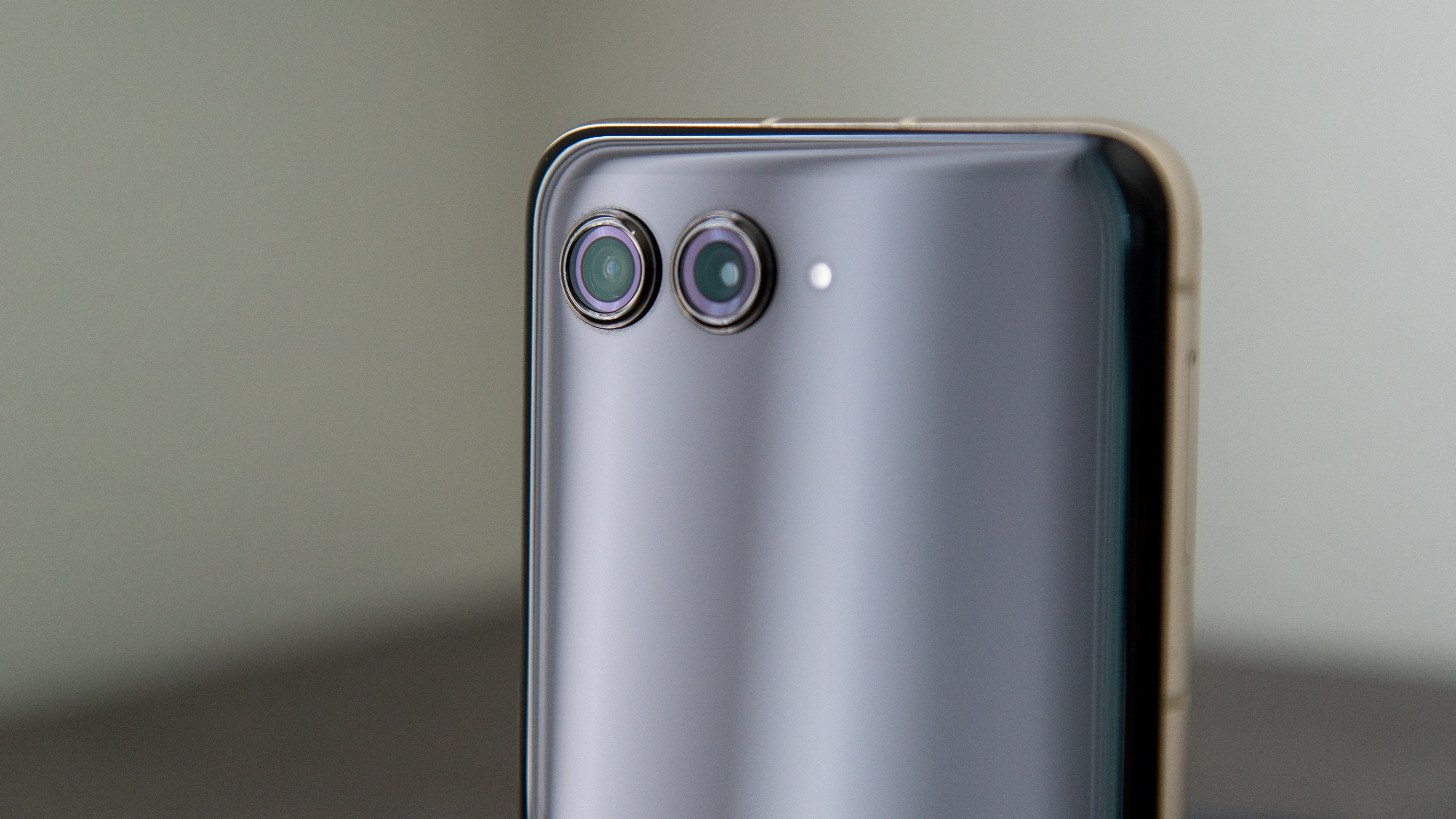
It's hard to fault what's technically a mid-range phone for its compromises, especially one like this. After all, something gotta give if you're paying $700 for a foldable phone. Unfortunately, that was the camera experience.
Motorola upgraded the Razr 2024 camera with a 50MP primary sensor, while retaining a 13MP ultrawide camera. I was excited about this because I was fairly impressed with the new 50MP sensor on the Razr Plus 2024 and was expecting a similar image output and a more versatile experience with the ultrawide. At least I got one of those.
Images from the Razr 2024 are... fine. That is, when the phone isn't being temperamental. Using the camera can sometimes be a sluggish experience, slowing the phone to a crawl that really takes the fun out of taking a photo. It's almost surprising, given how well the rest of the phone performs, but the viewfinder frame rate will become so choppy that I eventually give up taking a photo out of sheer embarrassment or annoyance.

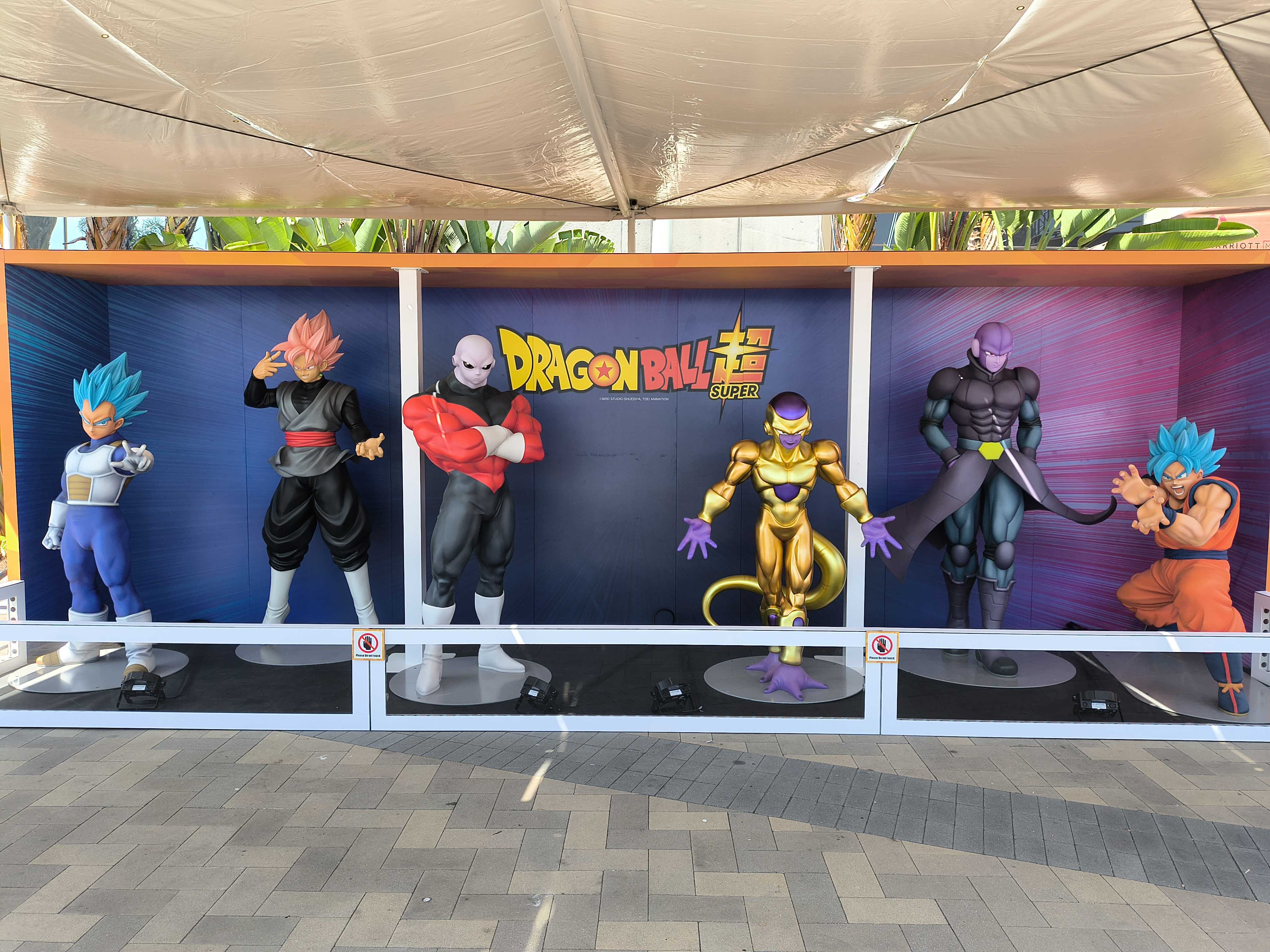


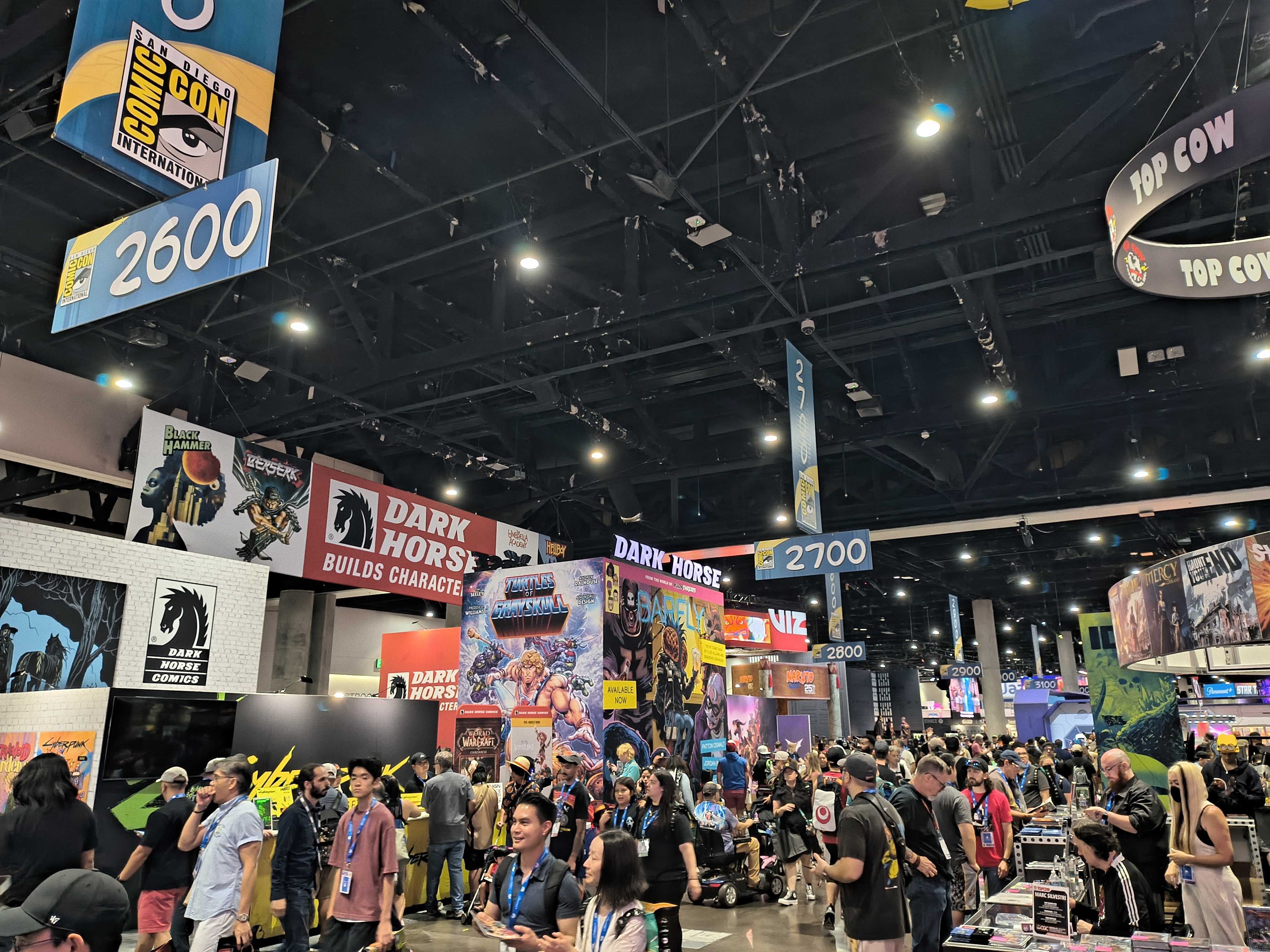

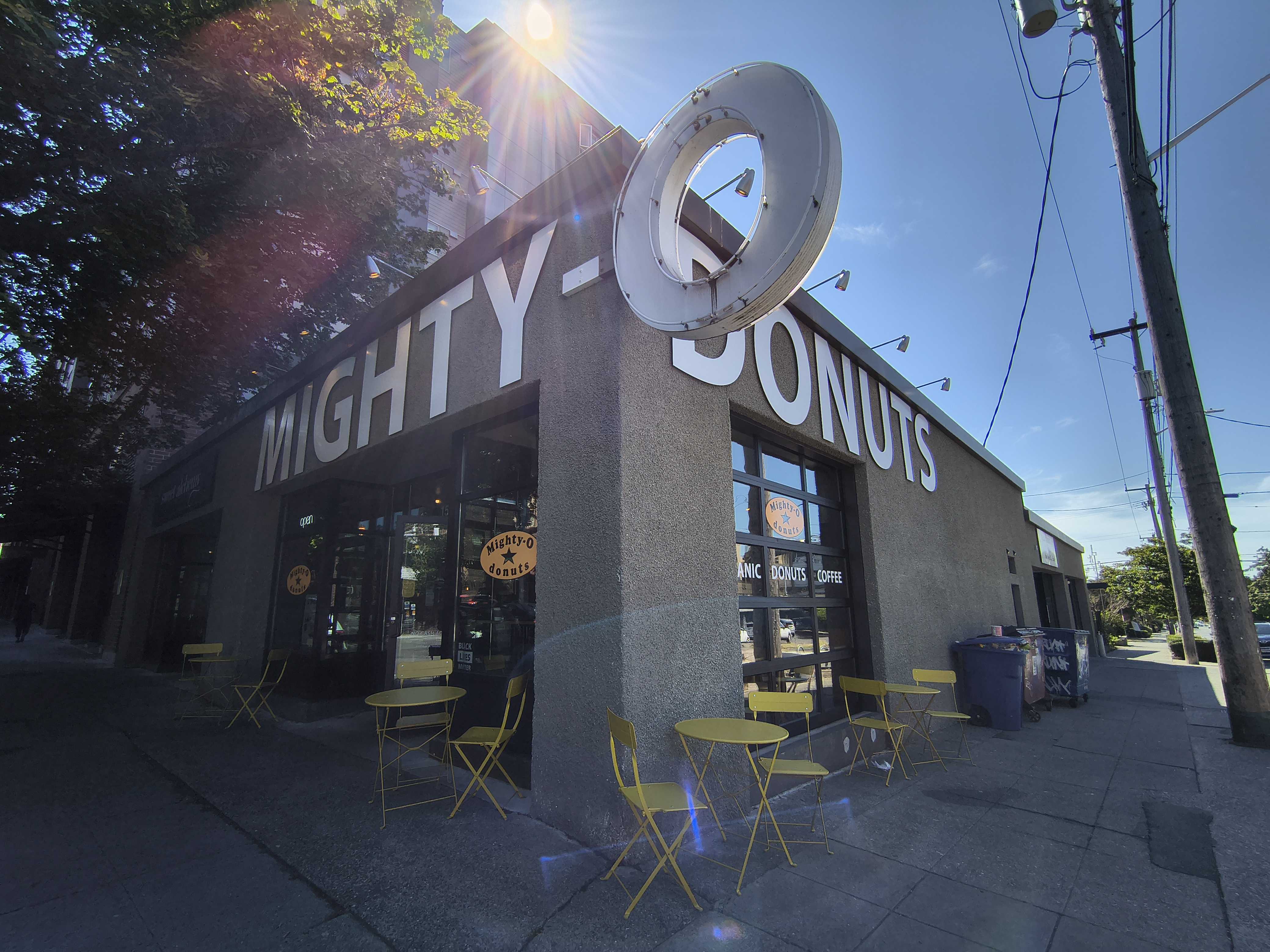



Even when the camera is working fine, images sometimes feel a bit overprocessed. Don't get me wrong; the Razr is capable of taking a good photo with good contrast, plenty of light, and balanced colors, but more often than not, the camera will punch the saturation to offensive levels that make me and my friends cringe. There also seems to be a lot of oversharpening, and the phone feels like it's overcompensating. Overall, it's a bit inconsistent.
You can see this in this image comparison between the Razr Plus 2024 and Razr 2024, where the latter phone really pushes the saturation to the next level.
In this comparison between the Galaxy Z Flip 6 and Razr 2024, images from Samsung are also much softer, while the Razr tends to try and get as much detail as possible, which can make the images look a bit artificial.
Ultrawide photos also suffer from the same processing woes, but that's compounded by the narrower field of view, at least compared to the Galaxy Z Flip 6. On the plus side, you get less distortion this way, but I always find having a wider field of view gives you a bit more incentive to use the camera.
But as I said, the camera isn't always bad, but I really hope Motorola can iron things out with some software updates. You do get the Auto Camcorder mode, which is a neat feature, but you do miss out on the Moto AI-powered Action Shot feature, which comes in pretty handy with fast-moving subjects.
When it comes to audio, the Razr 2024 supports dual stereo speakers, but I find the sound quite unbalanced, and the top speaker sounds noticeably quieter than the bottom speaker. Unfortunately, this bothers me much more than it should, and I opt to listen to music on my headphones when I can.
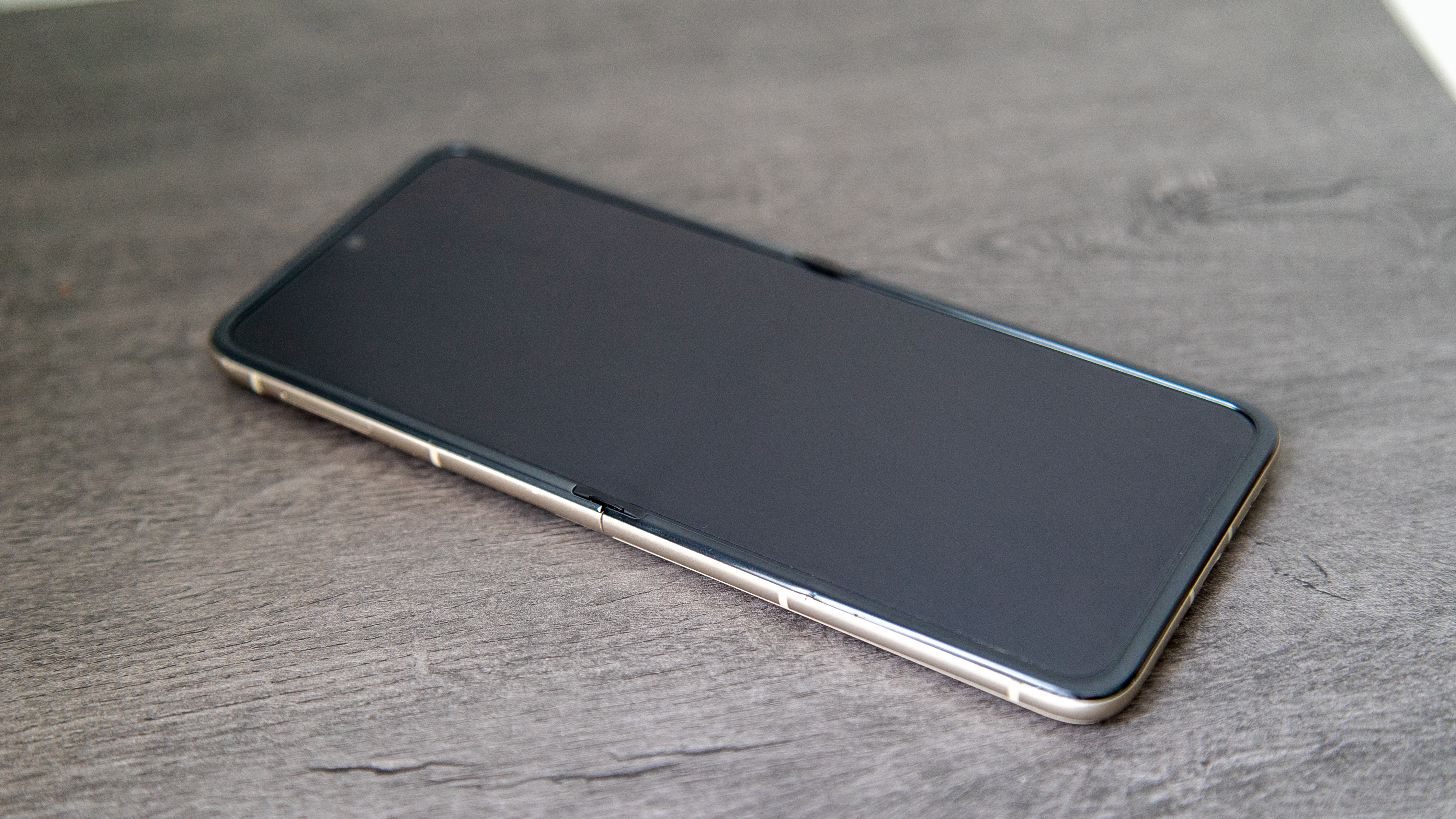
Lastly, Motorola has the same software promise for the Razr 2024, with three OS upgrades and four years of software updates, but the company has not proven that it's getting much better with its updates. For example, the Razr Plus 2023 received Android 14 in July 2024, long after just about every other Android OEM pushed the update to their flagship and even midrange phones. Keep in mind Android 15 is right around the corner.
I'm hoping Motorola can do better than just providing regular bi-monthly updates and actually push substantial updates in a more timely manner, but we'll have to see when Android 15 drops.
Motorola Razr 2024: Competition
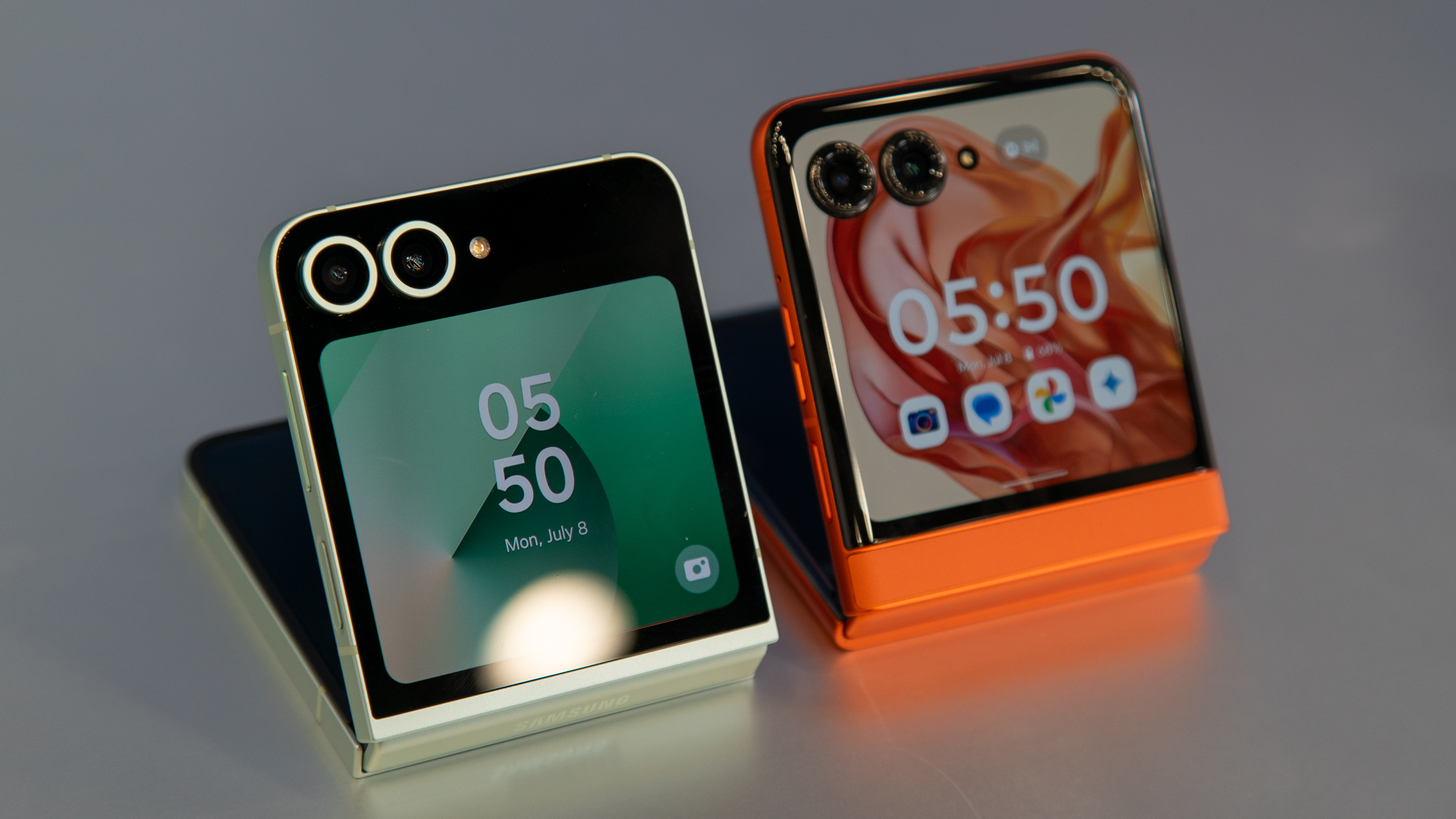
There aren't many sub-$1000 foldables stateside, so competition for the Razr 2024 is slim with options such as the Galaxy Z Flip 6 and Nubia Flip 5G. That said, you may be able to find additional options from companies like TECNO with the Phantom V Flip if you live in a region where it's sold.
The Galaxy Z Flip 6 is a flagship-level foldable, so you will have to be ready to spend nearly twice as much to buy one. The phone comes with the latest Snapdragon processor, tons of new AI features, and a pretty decent 50MP camera, although the battery is slightly smaller, and the cover screen experience isn't as robust, making you go through hoops to set up apps.
Meanwhile, the Nubia Flip 5G costs a little less than the Razr 2024 and has a rather nice design with a circular cover screen. However, that $499 price comes at a price, and you're sacrificing features like wireless charging, an IP rating, and polished software. You also get a very limited cover screen experience courtesy of the small, rounded external display.
But if neither of these tickles your fancy, you could also spring for the admittedly older Galaxy Z Flip 5, which is still a good phone. However, you may need to seek out deals as Samsung appears to have retained its $999 retail price.
Motorola Razr 2024: Should you buy it?
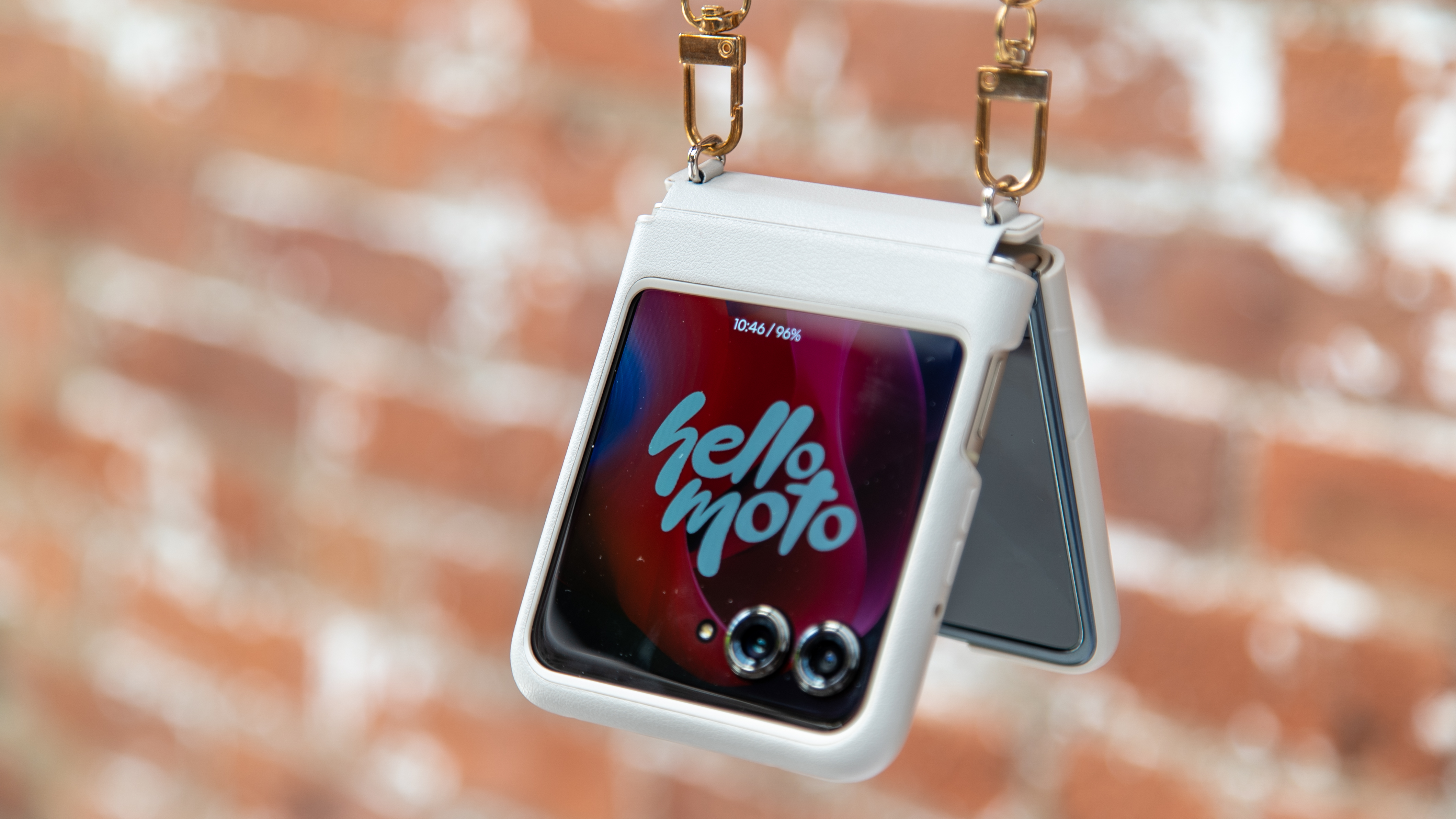
You should buy this if...
- You want a foldable that won't break the bank.
- You want good gaming performance.
- You want to be able to use apps on the cover screen.
You shouldn't buy this if...
- You want a top-notch camera.
- You want fast and consistent software updates.
- You want access to the latest features from Google.
Even though the Razr 2024 is a mid-range version of last year's Razr Plus 2023, it doesn't feel like a downgrade. If anything, it feels more like a sidestep, keeping everything that was great about the 2023 flagship while addressing some of the pain points like battery life. Unfortunately, some of the upgrades, like the camera, don't necessarily translate to actual improvements, although the Razr Plus 2023 camera was pretty bad in its own way. Again, you can get some good shots from the camera, but be prepared to do a little editing in Google Photos.
Are there better cameras available at this price? Absolutely. You can always pick up a Google Pixel 8a if you want a good camera for cheap. But in the foldable space, camera quality can be pretty hit or miss and not always as good as the more traditional candy bar counterparts (with some exceptions).
The Razr 2024 still has a lot going for it, and I'm a big fan of how Motorola handles the cover screen, giving you a better experience than other flip phones on the market. You also get impressive displays, great overall performance, and respectable battery life. There's little more you can ask for in a phone.
Yes, the Razr 2024 is far from perfect, but this is a good flip phone at a great price that will get the job done for many people who would rather not spend an arm and a leg on Samsung's latest iterative Z Flip 6.
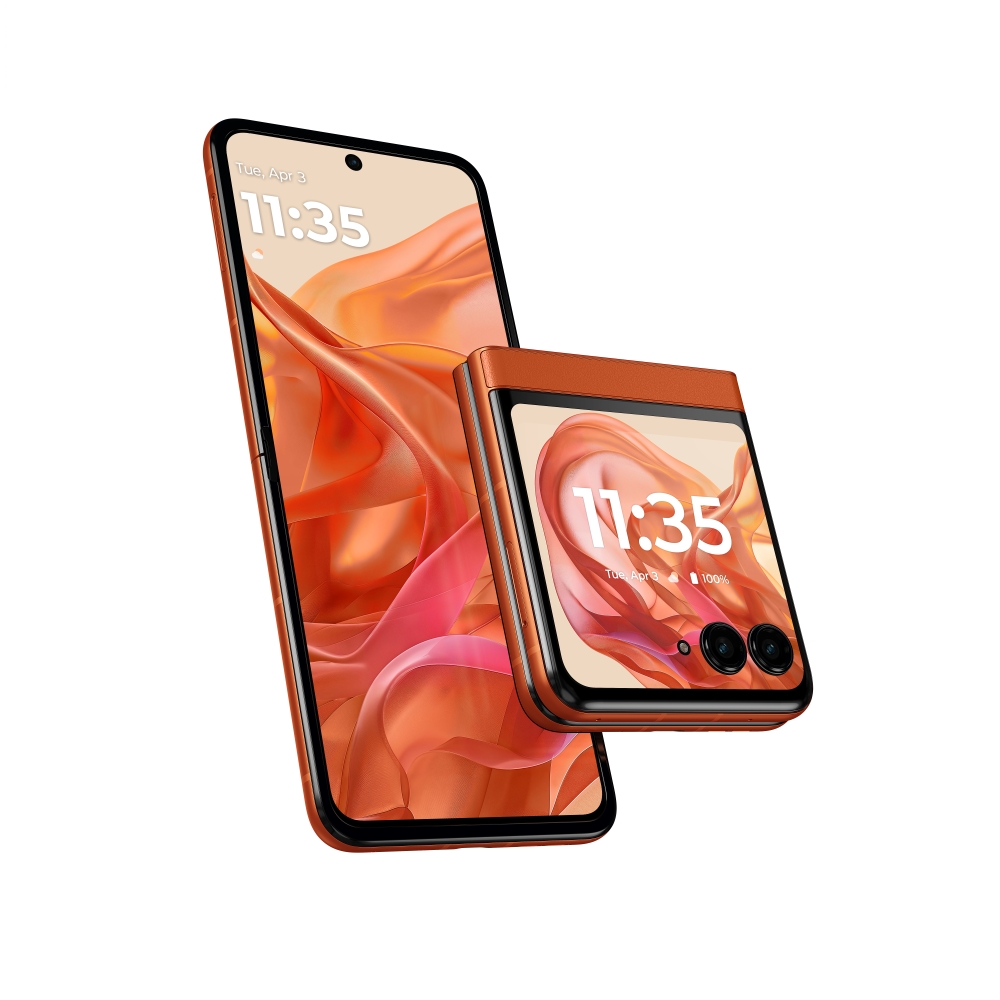
The affordable foldable
The Motorola Razr 2024 is one of the cheapest ways to get a foldable phone while offering performance you might expect from a flagship device. It comes with a great set of displays, a 50MP dual camera sensor, and all-day battery life, while letting you use nearly any app from the cover screen. All this for nearly half of what you'd pay for a new Galaxy Z Flip 6.

Derrek is the managing editor of Android Central, helping to guide the site's editorial content and direction to reach and resonate with readers, old and new, who are just as passionate about tech as we are. He's been obsessed with mobile technology since he was 12, when he discovered the Nokia N90, and his love of flip phones and new form factors continues to this day. As a fitness enthusiast, he has always been curious about the intersection of tech and fitness. When he's not working, he's probably working out.
You must confirm your public display name before commenting
Please logout and then login again, you will then be prompted to enter your display name.
